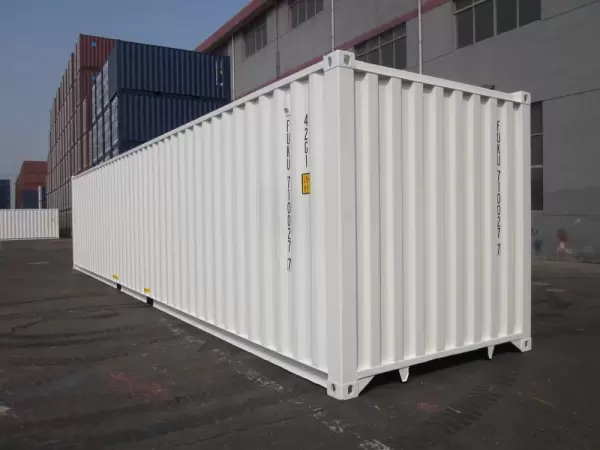It’s a natural world and we live in it. Over the last few decades, our environment has been deteriorating at an alarming rate due to the unawareness of our waste. In shipping industries, businesses deliver goods in large quantities using packaging materials that are frequently not sustainable. Altering the behavior towards our consumption management to make the only planet we inhabit liveable and more eco-friendly is needed. Utilizing green alternatives has been one of the options to consider to overcome the issue. Not only will utilizing green alternatives help reduce the effects of recent environmental issues such as marine plastic pollution and plastic waste disposal, but also significantly impact the overall cost of shipping and production. However, coming up with sustainable packaging doesn’t have to drive up your operational and shipping costs. You can cut back on packaging expenses while preserving your business identity. Here are a few alternatives of sustainable packaging strategies that you can use that are economical and might optimize your operating costs, and are environmentally safe.
Compostable Mailers – best for light and sturdy items
Sustainable
The word ‘compostable’ is defined as any substance that breaks down completely into non-toxic residues. These materials don’t decompose on their own and need human involvement instead. Products with compostable packaging are typically made from organic, plant-based components like cornstarch, bamboo, seaweed, and sugarcane. One of the alternatives to pack light and sturdy items is compostable mailers. They are lightweight, durable, and normally will break down in three to six months. Another option would be paper mailers, which may be perfect for clothing businesses. Their primary component is wood pulp which serves as a strong, recyclable material, and many of them are water resistant.
Biodegradable packing peanuts — best for sensitive and delicate items
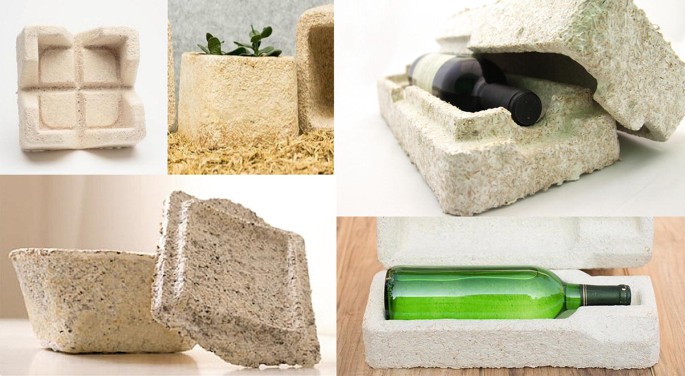
Packing peanuts has recently been used by some industries like electronics, automotive, and furniture. Packing peanuts are styrofoam that comes in small pieces providing cushioning by filling up space in fragile items packages to prevent them from breaking. Styrofoam is not recyclable and takes years to fully decompose, but the good news is, that some are produced using starches derived from grains like corn and wheat. They also dissolve in water and pose no threat to marine life, which makes them one great sustainable option.
Recycled cardboard — best for solid items
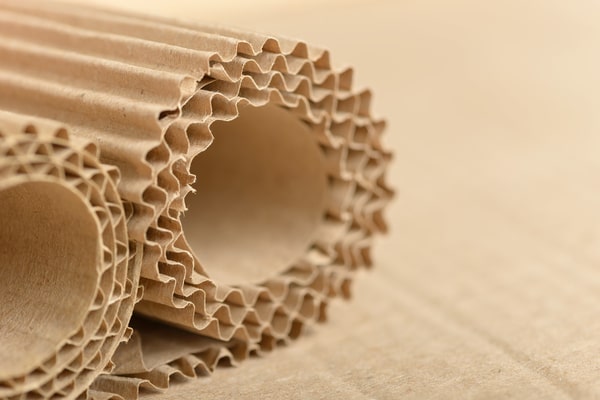
Despite being a biodegradable material, cardboard has its environmental issues. Cardboard and papers are made from tree pulp which poses a threat to deforestation. To cut the issue and make it sustainable instead, we can always consider using recycled, post-consumer paper and cardboard. They are very durable and their fibers won’t lose strength after five to seven reuses. Cardboard can still be recycled and used to make other paper goods. As a filler for packages, recycled cardboard can also be used to make paper towels, tissues, and printing or writing paper. These are all environmentally friendly substitutes for packing peanuts and bubble wrap.
Corrugated packaging — best for products with unique shapes
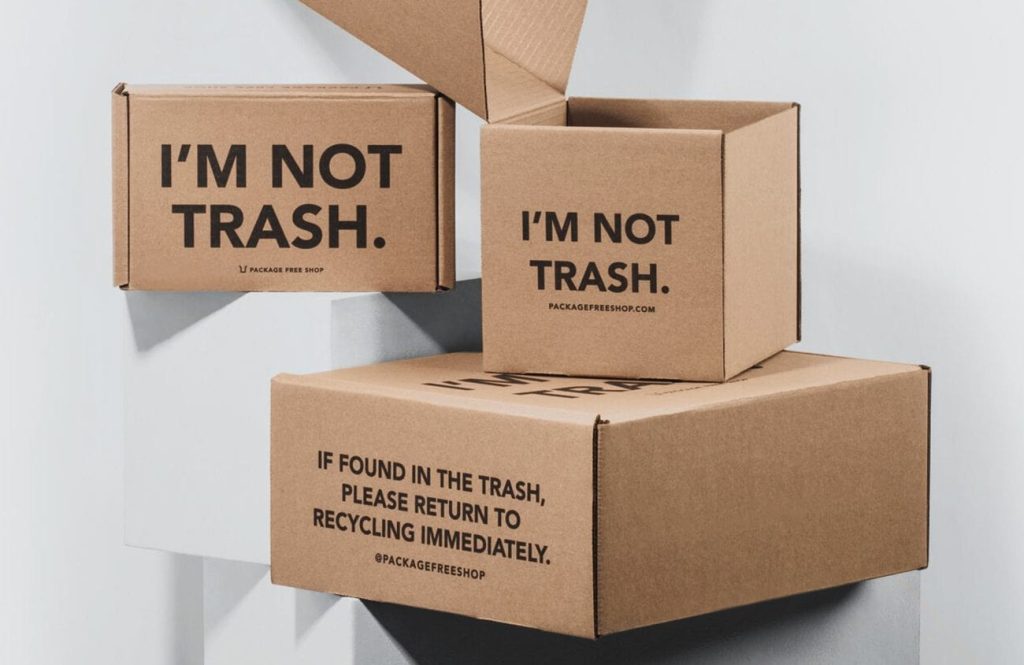
Corrugated boxes are mostly made of recycled materials, like cardboard, recycled paper, and tree pulp. Recycling cardboard is known to have a positive environmental impact. From a delivery perspective, corrugated material is among the strongest ones available. Corrugated boxes are ideally used in several industries like food, office supplies or stationeries, textiles, electronic products, and any industrial supply or logistics. Items that are packaged correctly using corrugated boxes are protected during shipping. This makes it more likely that the item won’t move or break while being transported. Using tiny cuts to fill up the gaps inside corrugated boxes is also recommended to lessen any damaging impact.
Green cell foam packaging — best for fragile products
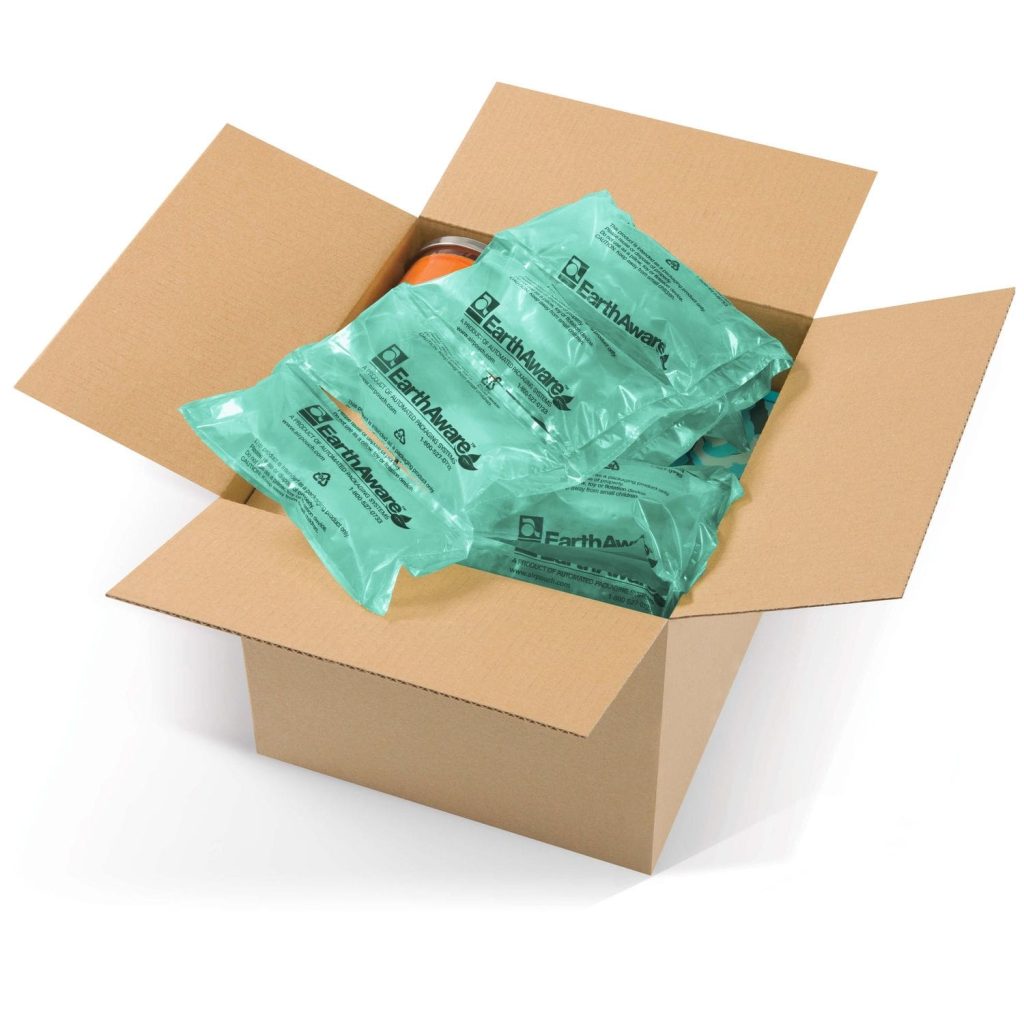
Nowadays, green cell foam has emerged as one alternative to styrofoam and bubble wrap in shipping industries. They are easy to decompose and water-soluble, making them environmentally sustainable and functional packaging materials. They are made from grown corn which is a renewable resource. Green cell foam can help to protect fragile, sensitive items during shipping and is used to package a wide variety of goods, such as electronics, perishable foods, temperature-sensitive pharmaceuticals, you name it. Compared to styrofoam, green cell foam uses less energy and emits fewer greenhouse gasses. Besides, they make less waste in the manufacturing process.
Mushroom packaging — best for insulating products
Mushroom packaging is a revolutionary substitute for polystyrene and foam packaging that is plastic-free, biodegradable, and made from the mycelium or root of the mushroom. The solid shape that is formed out of the organic waste and mushroom roots makes mushroom packaging become a sturdy, low-cost, and insulating protective packaging solution. Its organic element also makes it have no toxic impact on the environment. This kind of packaging can be composted at home and is entirely natural, biodegradable, and has low energy consumption. It works well to secure small items like bottles, candles, and jars. By using mushroom packaging, we are adding new value to agricultural waste that would otherwise have few other uses and low economic value.
Biodegradable air pillows — best for small and lightweight products
Air pillows are inflatable bags that are filled with air and sealed. Air Pillows are used to cushion and fill gaps inside packages, much like packing peanuts, to protect goods from damage and prevent them from shifting, crushing, or breaking during delivery, shipping, or handling. Due to their versatility, air pillows are great alternatives that can be used in various shipping applications. They are ideal for compact, light products made of various materials.
In comparison to other packaging options like wrapping paper or styrofoam, the majority of air pillows are made of high-density polyethylene (HDPE), which makes them recyclable. Additionally, not a lot of plastic is used in their production since most of the spaces are filled with air.
Just be sure to select a biodegradable variety rather than plastic. Air pillows that are compostable are made of corn, potato, or wheat starch which breaks down much more quickly than plastic.
Need further assistance purchasing a shipping container?
While getting to know more about all the sustainable alternatives mentioned above, it is good to think of a durable option for carrying your manufactured products overseas. A storage container is also considered reusable since it is completely made of sturdy materials that are applicable for a longer period of time, and when no longer used, the steel is still beneficial for many uses.
Tradecorp offers containers of several sizes and types ready for order, purchase, or rent. From standard shipping containers to specialized, refrigerated, tank, or offshore DNV containers. Do not hesitate to reach out to discuss your needs, just fill out the quote form to get our best offers and our team will get in touch with you right away.

